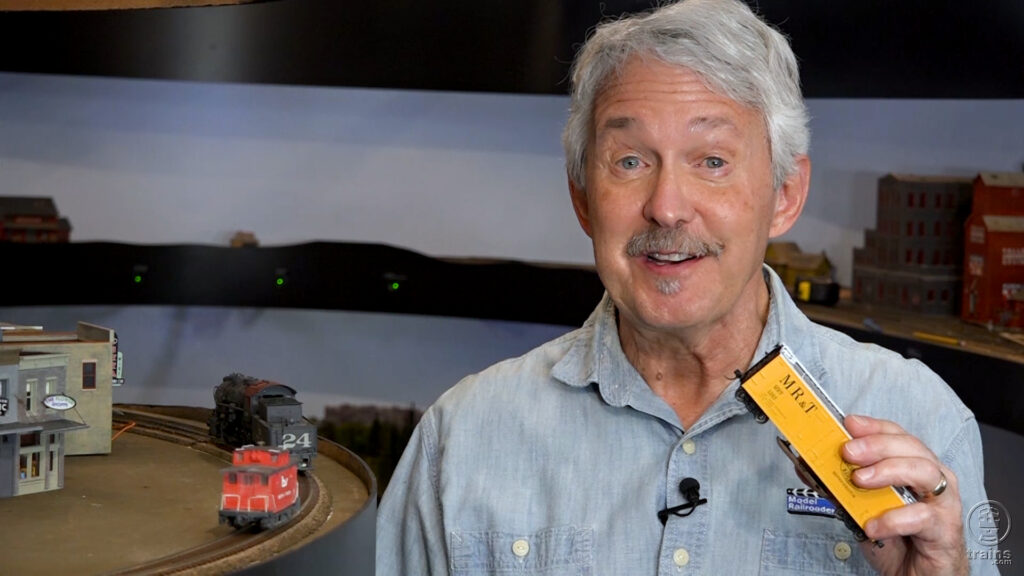
How to build a simple track cleaning car – MR contributor Gerry Leone shares instructions for making your own rolling innovation for cleaning the rails of your model railroad! From Gerry’s workbench, you’ll see the tools, materials, and simple techniques needed to shape a railcar and a small patch of Masonite (hardboard) into an unrelenting […]
Read More…

Unless you’re content with watching your trains go around and around a simple loop, eventually you’re going to be looking for ways to turn a train. Don’t get me wrong, it’s entirely possible to go through your entire train-operating career and never have to turn a train; maybe you always play the yardmaster, or your […]
Read More…
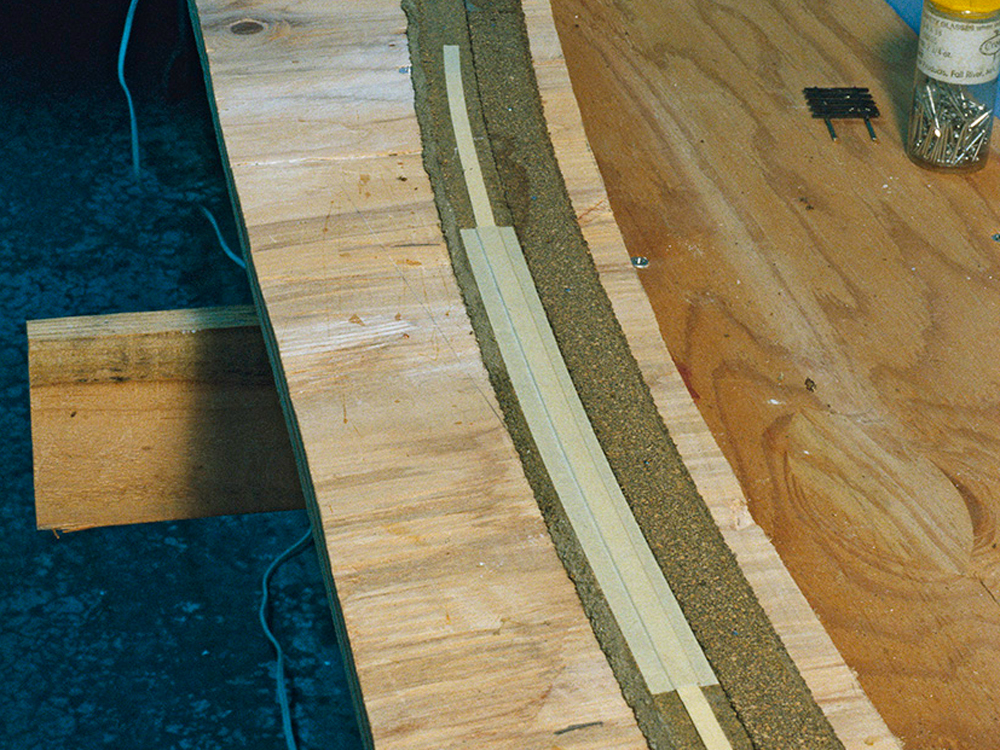
Q: I’m an HO scale modeler and struggling with track laying techniques. I would appreciate guidance on measuring, cutting, and installing flextrack on curves. I’m always disengaging the rails from the ties, and thus having trouble connecting to the next track. Also, when superelevating curves, is it better to attach the risers under the outer rail […]
Read More…
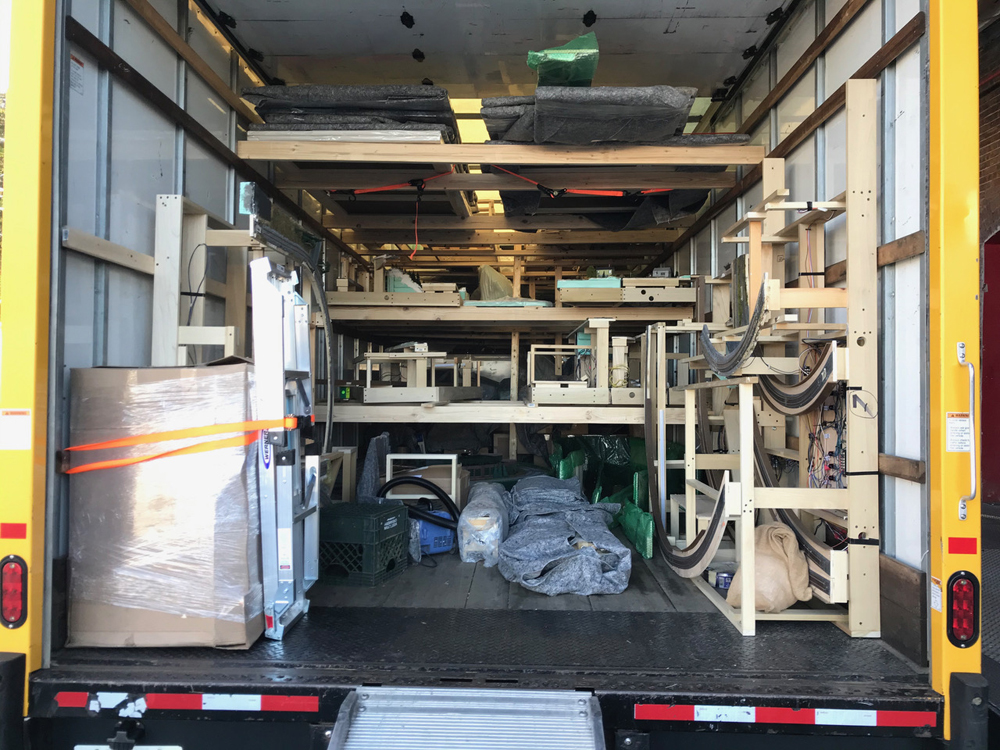
5 tips for moving a layout Many people spend years building their dream layout in their home, building it in permanently, thinking they will never move. But we know that life happens, and things change. When building your dream layout, even though you’re not planning on moving, build it in sections, so that it can be […]
Read More…
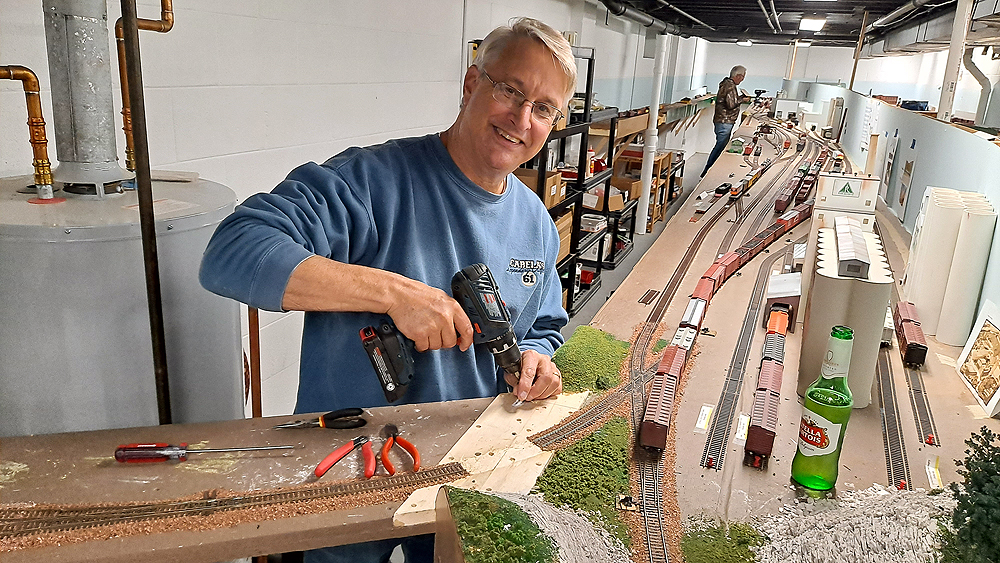
Packing up a model train layout: There are many reasons for packing up a model train layout. For John Lehnan of Pewaukee, Wis., the reason was to rebuild. His first layout had reached a point that the best way to improve it was to replace it, so the old layout had to come down. One […]
Read More…
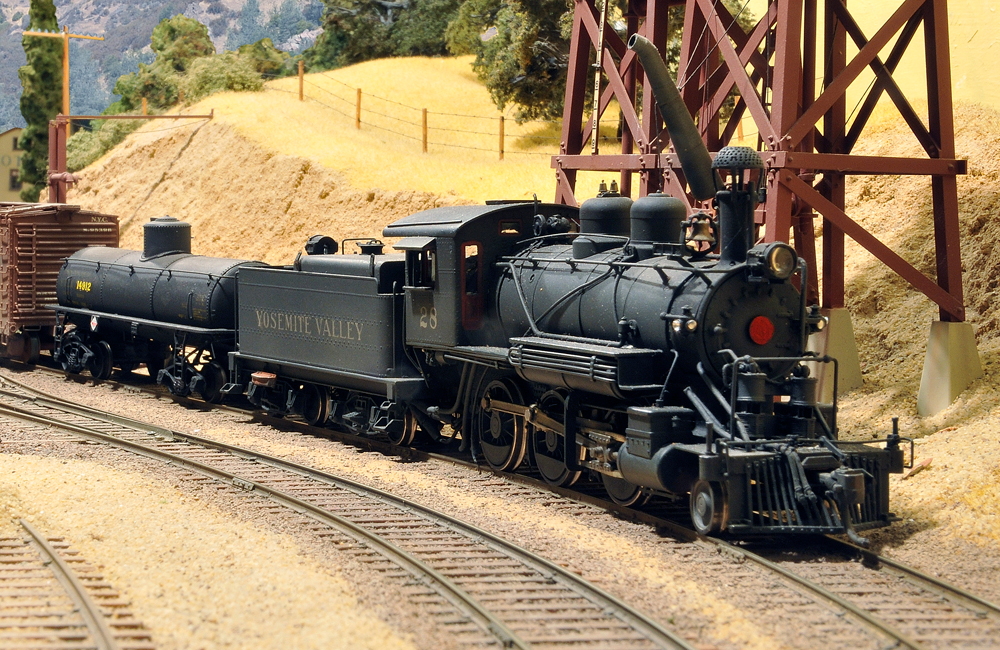
Q: I have a new HO scale 2-6-0 steam locomotive that has trouble negotiating my layout’s 18-inch radius curves. My 4-4-0 locomotive runs fine on the layout. I’ve read that on longer wheelbase locomotives, the center drivers have their wheel flanges removed for tight radius layouts. Is removing the flanges from locomotive drivers a thing to do? Or […]
Read More…
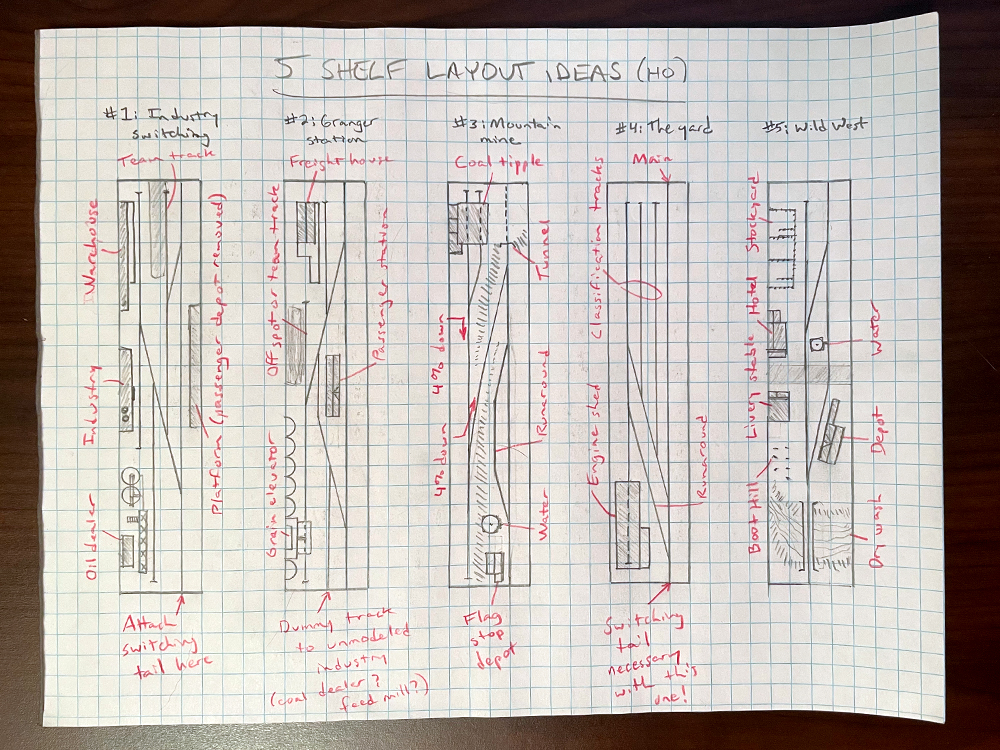
As the author of Model Railroader’s “Ask MR” column, I get a lot of questions from readers. Usually I either know the answers or at least where I can find the answers for them. Sometimes, though, I get a question that stirs my imagination and prompts me to compose a more involved response. Such was […]
Read More…
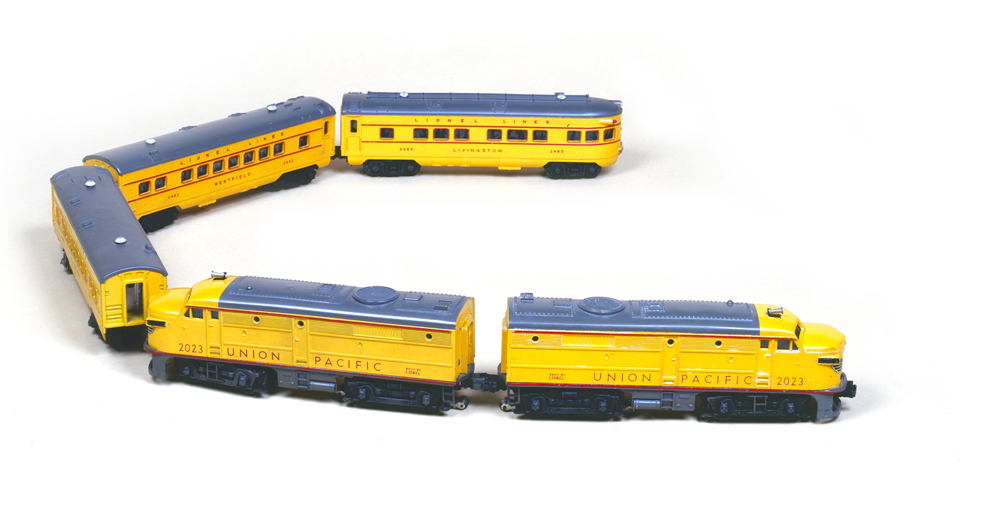
How to buy a toy train is a subject I’m frequently asked about. My focus is on trains and accessories from the post-World War II era, but I venture into the prewar and modern periods, too. In the past 25 years, Atlas, K-Line, Lionel, MTH, Williams, Weaver, and others have produced locomotives and rolling stock […]
Read More…
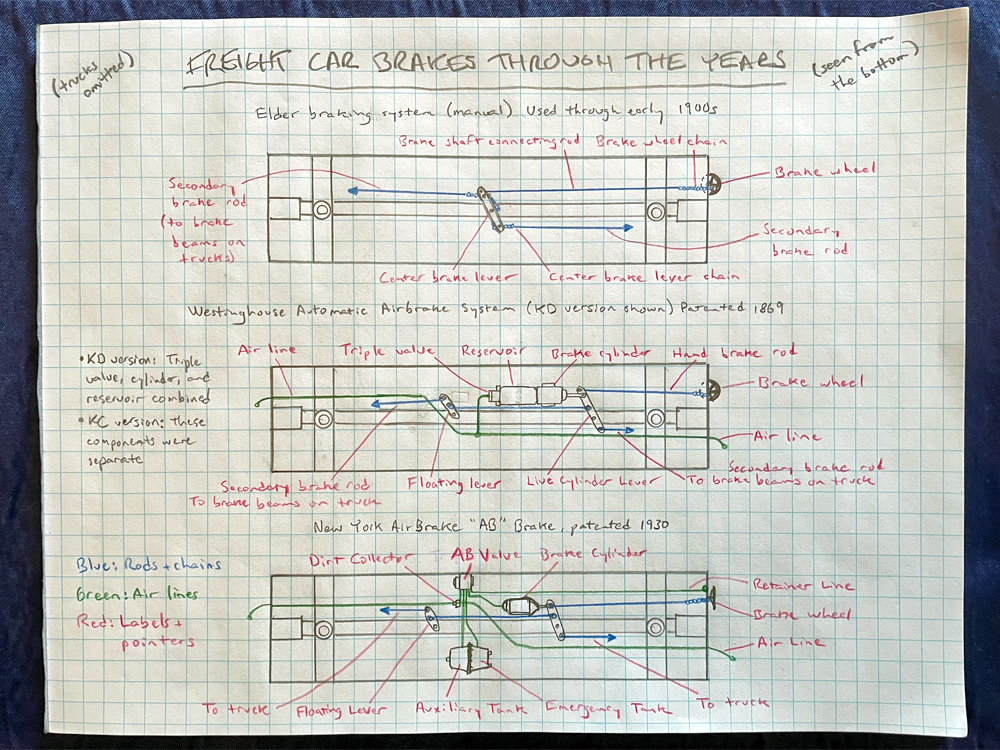
When I started in this hobby, I chose to model the early 1900s. That was before I knew what models were commercially available in my chosen time frame. (The answer was “not much.”) Since my hobby budget was limited, there was only one manufacturer making car kits appropriate for my era that I could afford. […]
Read More…
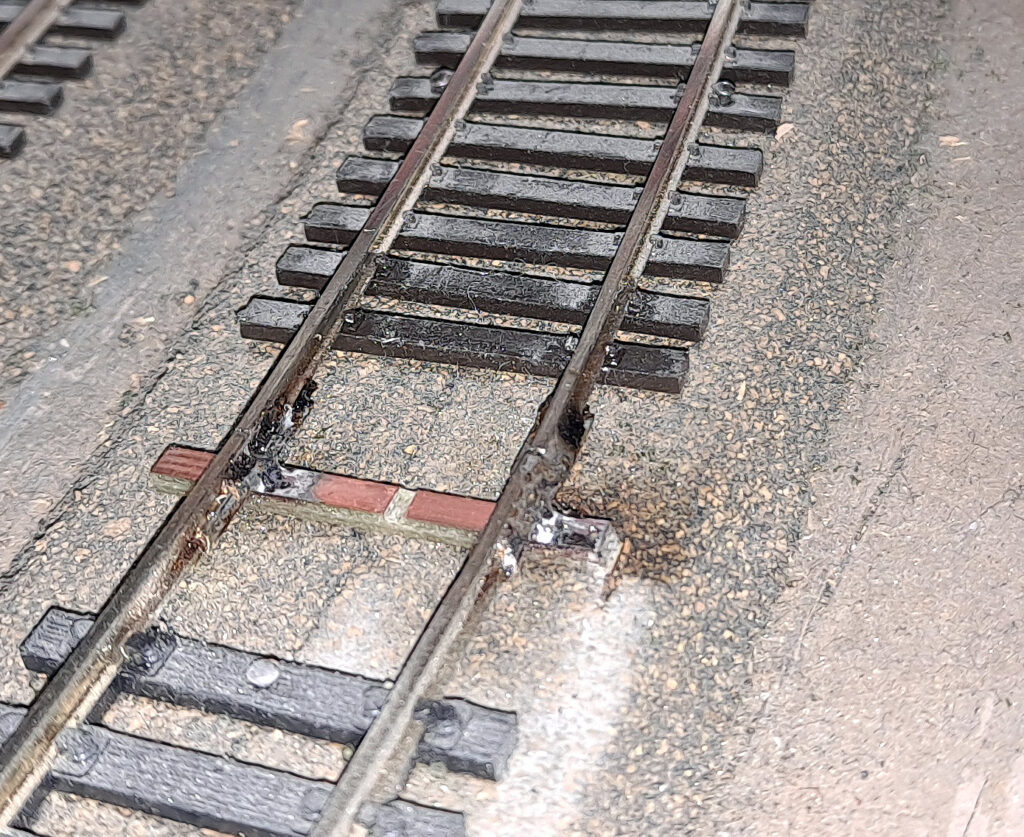
How to use PCB ties: Printed-circuit board (PCB) ties are pieces of printed-circuit board cut to railroad tie shape. They’re available for most popular scales and are great for areas where you need to ensure track stays in gauge. A common use is for scratchbuilding turnouts. They’re used around the frog to keep the closure […]
Read More…
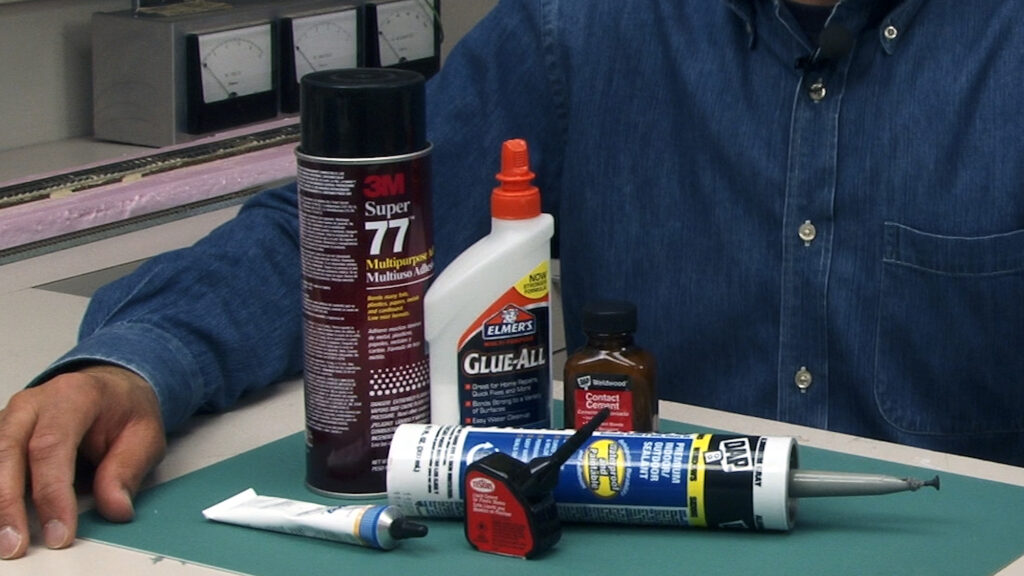
Choosing the right adhesive for model railroads is important. Glues and adhesives bond two or more surfaces in different ways with varying degrees of strength. In model railroading, choosing the right glue or adhesive is often the best way to successfully complete a satisfying model or model railroad layout. Here are five top glue types […]
Read More…
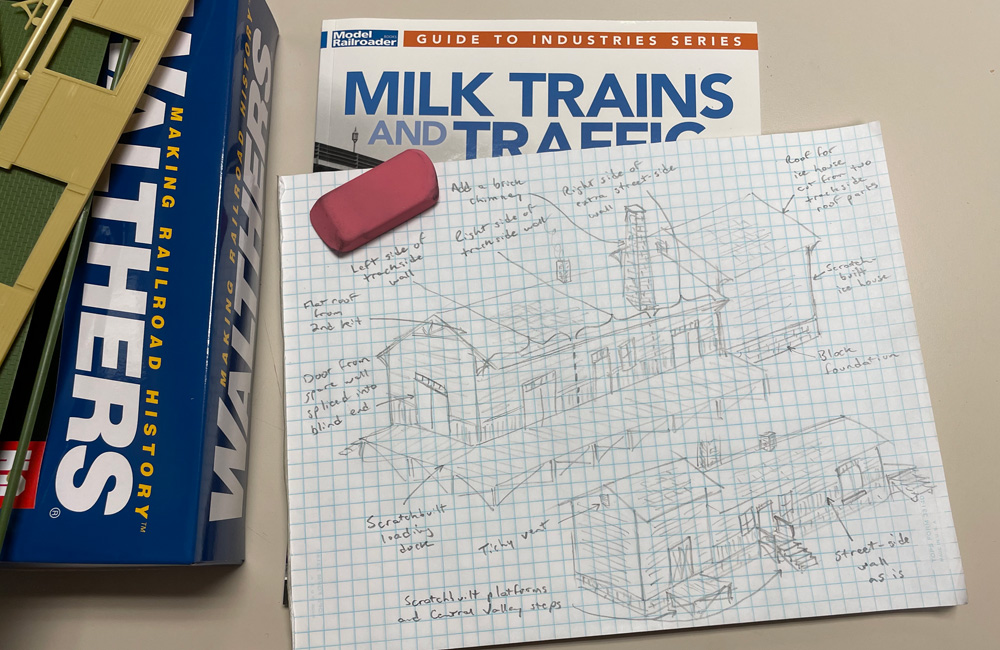
When I’m planning a structure kitbash, I often start with a sketch. Scribbling down rough ideas, erasing what doesn’t work, and replacing them with things that help me visualize my plan and avoid false starts. With this technique I can figure out what parts I need and more clearly imagine what the structure will look […]
Read More…












